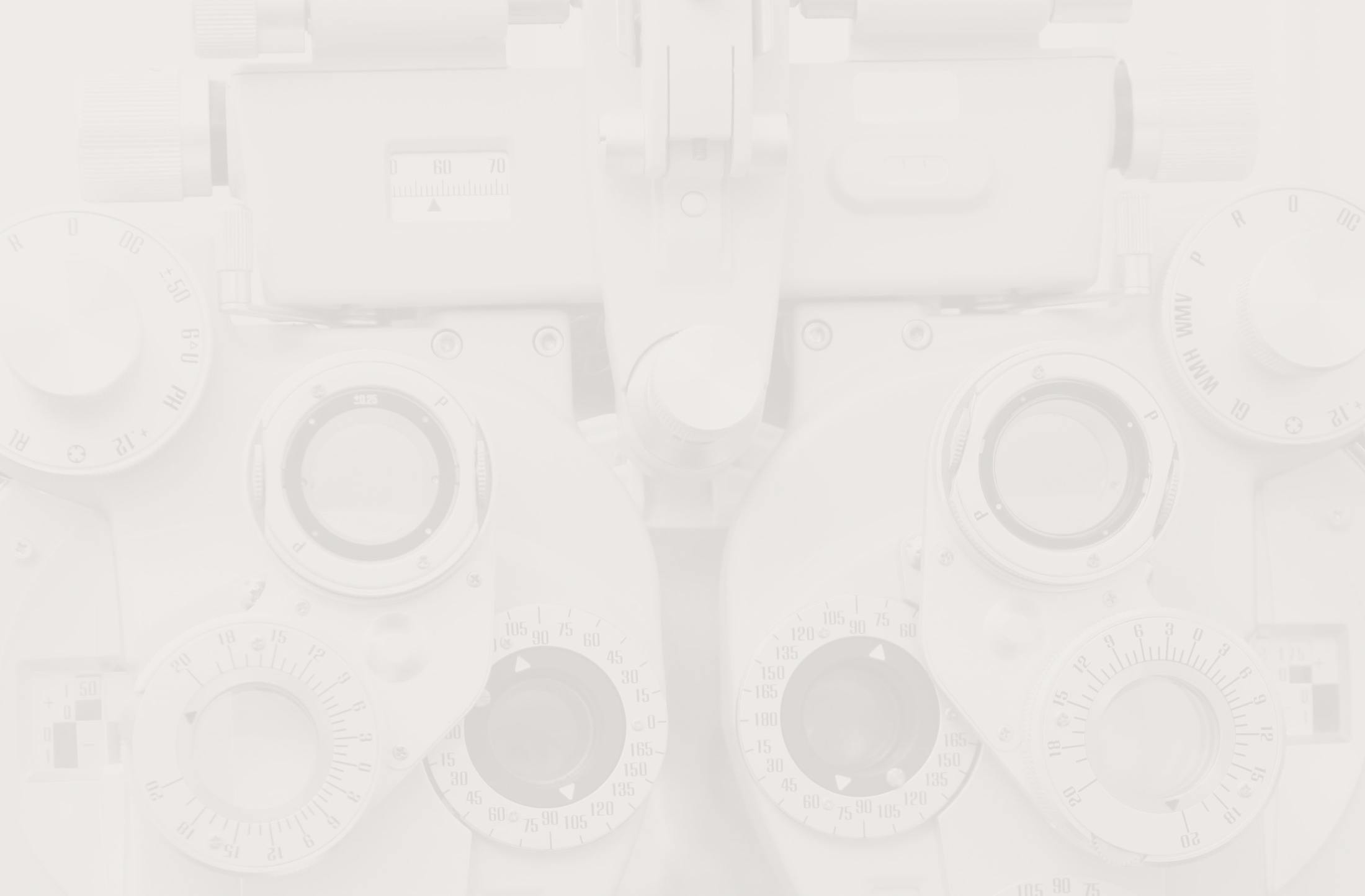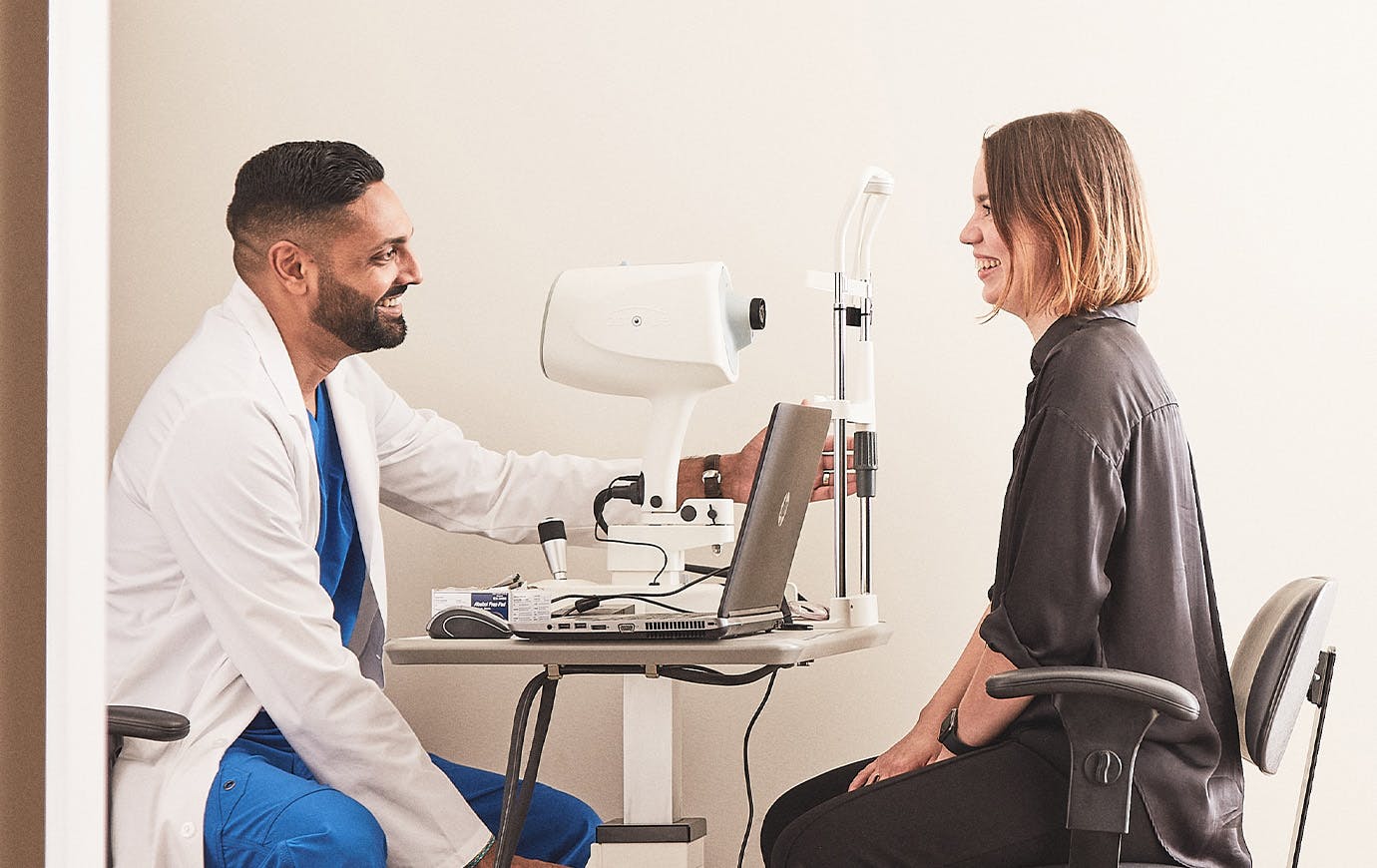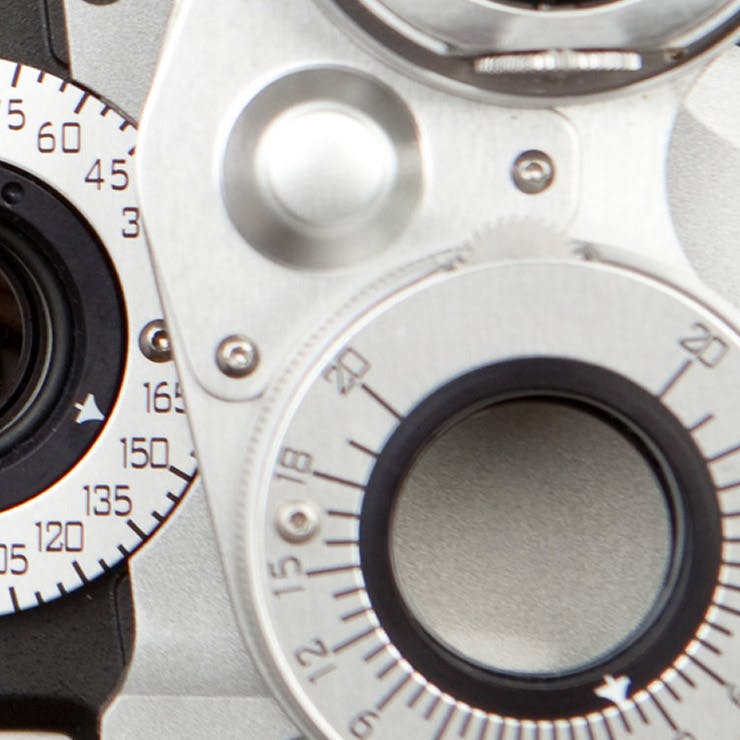Experience the ultimate in post-cataract customization with light-adjustable lenses.
What Are Light-Adjustable Lenses?
Light-adjustable lenses are a unique type of implant designed for individuals seeking the flexibility to refine their visual outcome after cataract surgery. Traditional IOLs are set at the time of surgery, and while modern diagnostics can provide remarkable accuracy, slight variations can still occur. With a LAL, patients can modify the lens power using a controlled application of UV light after the lens has been implanted. The adjustment process typically takes place within the first few weeks of recovery.
During special follow-up visits, a precise beam of light is applied to the implant, altering its shape in targeted areas. This reshaping fine-tunes how light focuses on the retina, allowing you to address minor under- or over-correction. Though not everyone requires or benefits from this post-surgery flexibility, light-adjustable lenses can be a compelling option for certain patients who desire heightened customization in their final prescription.




















